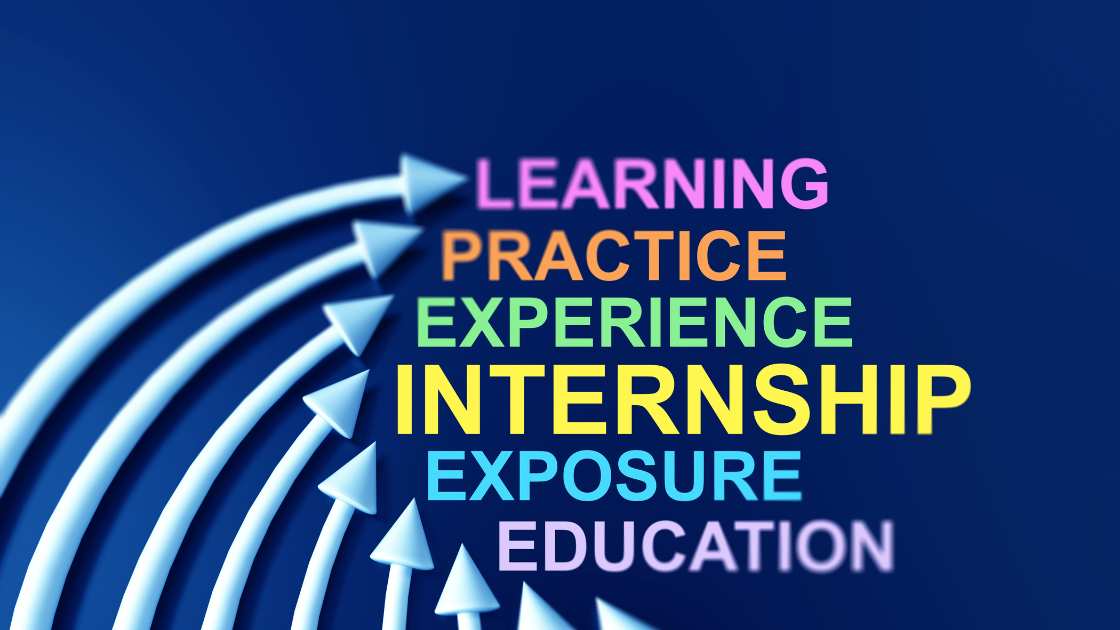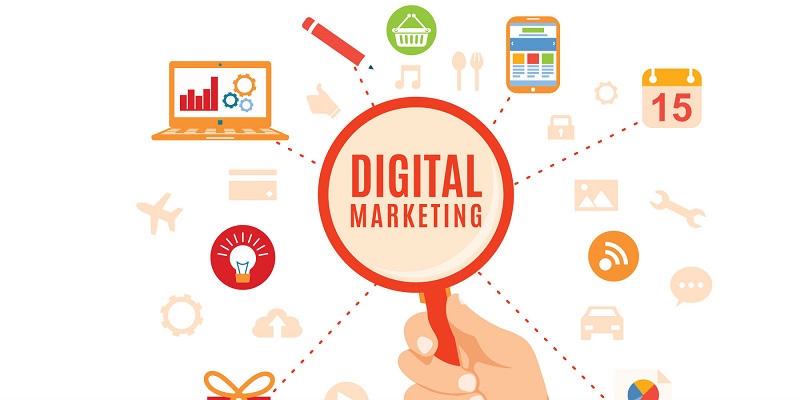Canvas is a tool used to design business models. It helps to create differentiated, profitable companies that reach the hearts of customers. Moreover, this tool can also be used to boost your development itself and is called Personal Canvas.
We gather everything you need to know about the subject. In the next topics, we explain what it is, what its benefits are and how to use the Canvas to accelerate the professional career. Continue reading!
What is it and the benefits of the Personal Canvas
The Business Model Canvas (BMC) is a business model box. It is used to design and have a systemic vision of companies.
Over time, thanks to the popularity and effectiveness of the platform, the tool was applied to the professional life of people.
In short, the Personal Canvas is a management tool whose objective is to identify strengths and points of improvement for people, as well as opportunities to strengthen and promote professional careers.
This tool brings many benefits. First, it allows a self-evaluation. The professional is better known, for example, by understanding their available resources and their activities, two important columns of the Canvas.
It also allows us to observe the external environment in a different way, identifying the key partners, the clients (that is, who is helped) and the channels that can be used to start a relationship. Thus, you can work correctly.
The 9 steps to make the Personal Canvas
The Personal Canvas box is subdivided into 9 columns. In the next sections, we will show you how these columns are related and the correct order to fill them.
1. Proportionate value
The key issue for this first block is: how are you going to help people? Imagine that you have a business in which you must produce something to solve certain existing demand. But what?
You can create one or more value propositions, but the ideal is to focus on a few (up to four) and objectively. An example is “help people who have difficulties to eat well”.
2. Customers
Now that you know what you should do, it was time to define for whom: your customers.
If you are a freelance or liberal professional, your client is likely to be a natural person. Take the opportunity to define its main characteristics: age, location, education, etc.
On the other hand, if you are an employee, it is likely that your client is your current company and others of the same category.
So, take the opportunity to study and define those businesses in a few words.
3. Channels
A third question is: how do your clients get to you?
It is necessary to create channels so that you have contact with the target audience. You can close new sales and start a relationship.
Can your customers reach you through your social networks, for example? Or is it more useful to serve them in the office? Think of the best channels.
4. Relationship
If you are your own business, you will want to sell for as many customers as possible. But selling is not enough, because it is necessary to build a lasting and profitable relationship.
In the fourth step, try to answer this question: how will you and your client interact, even after the sale?
You can have an email marketing strategy or social media, for example.
5. Sources of income
The source of income is about how you will capitalize on meeting the demands of your customers. In other words, the idea is to understand the means by which you can earn the resources you want.
If you are an employee, the source of income is your salary, but it can also be the extra hours and sporadic individual services for your co-workers.
If you are a freelance or liberal professional, you need to think about other jobs that secure new sources of income.
6. Key resources
Now, imagine that you are creating a videoclass on your own, to satisfy what your customers need and earn money. What are the necessary resources to make it happen?
You may need a good resolution camera or smartphone, a tripod and a professional microphone. These resources, the most important for work, are described in the sixth block.
7. Key activities
Imagine that your value is to help people lose weight by videoclases, giving suggestions and teaching some different tricks. The question is: What are the main steps in this process?
You will need to create a script, record the video, edit, eliminate the flaws and make it available to customers through digital platforms. Look, with a few words, you can describe an activity.
8. Associates
Can every provider be considered a key partner? This doubt is common, and the answer is no. A key partner is someone who is closer, exclusive, and who has mutual advantages.
Imagine an architect who is associated with an electrical engineer to work together on construction sites or a baker who buys his cheese from a single supplier. In these cases, there is an association.
Discover which associates can help you grow in your career and include them in that block.
9. Cost structure
In the last block you will define what are the sources of costs, that is, what will be the necessary expenses to offer and maintain your value proposal.
The costs can be the most varied, such as the rental of a filming room, the purchase of machines, furniture for the office, printing of business cards, etc. Define the most relevant.
How the personal Canvas can promote advances
Filling your box in the Canvas has no secrets. Follow the step by step defined until the end, and then you can have a much broader vision of your professional profile.
This decision will give you many advantages. First, you can use creativity to produce value propositions, define new clients and new sources of income.
Imagine an advertising that is filling in the Canvas and can include advertising work in the sources of income, but also ebooks and videoclases that teach other people to be more creative.
Another advantage is that the table allows you to see its construction and the changes you make with ease. It does not resemble a career plan, which has several data and written pages.
Anyway … now you know the subject inside. So take the opportunity to fill your frame, discover new career opportunities and boost your results.
Throughout the process, be creative and imagine new ways to produce income. That way everyone involved in the process will benefit.
What did you think of our article? Take the opportunity to subscribe to our newsletter to be always aware of the news. Ahead!






